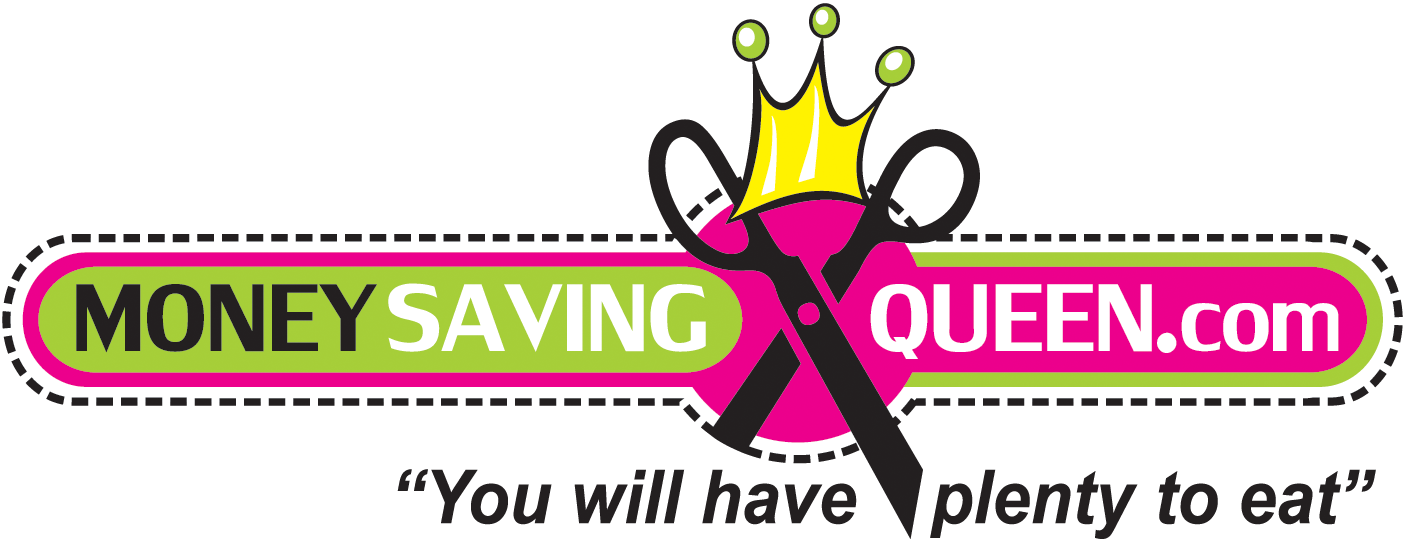If you’re learning how to coupon for the first time, this post is a great place to start. Couponing for the first time can be super overwhelming and confusing when you’re just starting, but don’t worry , but I am here to help guide you through the process step-by-step right here in this post and on this blog! The biggest obstacle to the whole couponing thing in my opinion, is the coupon lingo. What does it all mean? This ‘coupon lingo’ is your guide to savings. Once you’ve learned it, using the coupon matchups, database and other tools on this blog will be a breeze. So, let’s read on!
Coupon Definitions:
1. Manufacturers Coupons: This type of coupon is sent directly from the manufacturer. You can find the wording usually at the top of your coupon. This coupon is most commonly found in the newspaper, on the manufacturer’s website or on popular coupon sites such as Coupons.com, SmartSource.com or Redplum.com. When you use this coupon at the store, the store will be reimbursed directly from the manufacturer.
2. Store Coupons: Store coupons come from the store itself. Stores like CVS, Walgreens or Target commonly issue store coupons on their websites, in their smartphone apps or in the weekly store sales flyer. Store coupons are not reimbursed from the manufacturer. Think of these coupons as a store sale in the form of a coupon.
3. Internet Printable Coupons: These could be manufacturer coupons or store coupons. Instead of ending up with coupons you will never use, you can easily print the coupons you want on demand right at home. To make it easy, just click on ‘Coupons’ and you can click, print and save.
4. Peelies: This type of coupon is the sticker coupon commonly found on the products themselves. They are manufacturers coupons meant to entice you to make the purchase. You may only use the peelies if you are purchasing that particular product.
5. Catalina: Catalina coupons are issued at the register and are triggered by your purchase. These typically look just like the receipt, most are manufacturer coupons and can be used at other stores that accept manufacturer’s coupons.
6. Blinkies: These coupons are usually found in red SmartSource boxes in the middle of aisles at your local grocery store. These are also manufacturer’s coupons and can actually be used anywhere manufacturer coupons are accepted.
7. Tearpads: Typically located on store displays or shelves, these are great incentives from the manufacturers to entice you again to make a purchase.
Recognizing Fake Coupons:
With the rise of internet couponing, fraudulent coupons are on the rise as well. If you become well-versed in recognizing legitimate coupons, fraudulent coupons will be easy to spot. Using fraudulent coupons means the store cannot be reimbursed for the coupon and that will cost the store money. In my opinion, it is the same as taking money from the register. If the store loses money, they may change their coupon policies which will hurt all money saving shoppers in the end. Ask yourself these questions the next time you print your coupon:
1. What is the source? Is the coupon from the manufacturer directly or is this from a friend of a friend sent via e-mail? If you received your coupon as a .pdf file or .jpg attachment on an e-mail then it is likely fake. Coupons should always come straight from the company or the store.
2. Is the coupon for a free item? Most stores do not accept printable coupons for free products. If a company is offering a coupon for a free product, it will likely be sent to you via snail mail instead.
3. Are there misspellings? If the coupon has misspellings then it is likely a fake coupon.
Take into consideration all the above tips when beginning your coupon journey as they will be super helpful and make you more comfortable with saving money with coupons!







